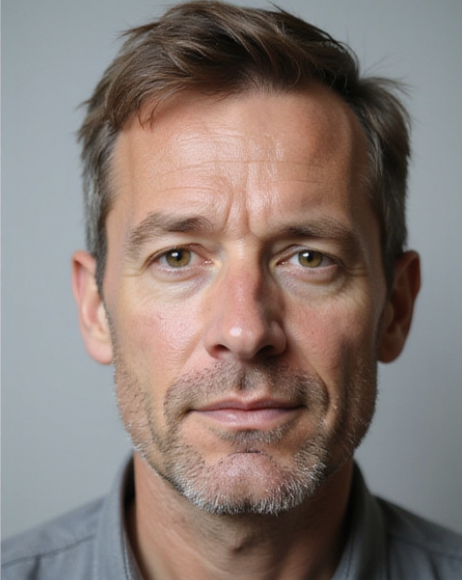Michigan, US, 25th October 2025, ZEX PR WIRE, New York City interior designer Bryan Tsikouris believes that design has the power to do more than please the eye. It can restore balance, encourage focus, and nurture the human spirit. After more than a decade in the field, Tsikouris has witnessed firsthand how thoughtful design can positively impact both mental and physical well-being. Today, he is urging the industry to adopt a new approach to interiors, one that prioritizes how people feel, rather than just how their spaces look.

“The modern world has changed how we live, work, and connect,” says Tsikouris. “We spend most of our time indoors, surrounded by artificial lighting, digital screens, and visual noise. The role of interior design is no longer limited to aesthetics. It is about creating an environment that heals and supports wellbeing.”
At the heart of Tsikouris’s philosophy is a deep understanding of how space affects psychology. His consultancy firm, based in New York City, has helped countless homeowners and organizations reimagine their environments to enhance comfort, creativity, and calm. He approaches design as a science of experience, where every color, texture, and layout decision contributes to emotional balance.
Tsikouris explains that small design choices can have a profound impact on mood. Natural light, for instance, has been shown to regulate circadian rhythms and boost productivity. Warm and neutral palettes tend to lower stress, while biophilic elements such as plants, water features, and organic materials create a sense of connection with nature that reduces anxiety. “Our brains are wired to respond positively to natural stimuli,” he notes. “When you bring elements of the outdoors inside, the body relaxes. It is a subtle but powerful form of therapy.”
In recent years, the concept of well-being design has moved from a niche philosophy to a mainstream expectation. According to Tsikouris, this shift reflects growing awareness of the relationship between environment and health. The pandemic, remote work culture, and digital fatigue have accelerated this transformation, making restorative design a necessity rather than a luxury.
However, Tsikouris believes that technology also plays a vital role. His practice merges traditional design expertise with artificial intelligence to create smarter and more adaptive interiors. Using AI-driven tools, he analyzes lighting patterns, airflow, and spatial efficiency to develop solutions that not only look aesthetically pleasing but also support physical comfort and energy efficiency. “Technology gives us insight into how people actually use space,” he says. “It allows us to design with purpose and to create interiors that respond to human needs in real time.”
His clients range from homeowners seeking sanctuary to companies redesigning offices for a healthier work culture. Tsikouris points out that corporate environments are beginning to prioritize employee well-being through ergonomic furniture, calming color schemes, and flexible spaces that encourage movement and collaboration. “When people feel better, they perform better,” he says. “Design is not an expense. It is an investment in human potential.”
Tsikouris’s inspiration often comes from his travels across the world. Having explored diverse cultures and architectural traditions, he draws ideas from places where design and wellness have long been intertwined. “In Japan, you see the power of minimalism in creating mental clarity,” he explains. “In the Mediterranean, design celebrates light and air, which naturally uplifts the mood. Every culture teaches us something about how space can nourish the soul.”
Beyond his design work, Tsikouris is also active in philanthropy, supporting charities that advance medical sciences. For him, design and wellbeing are two sides of the same mission: to improve the quality of life. “Whether through a beautiful home or a breakthrough in healthcare, the goal is the same,” he says. “It is about helping people feel better, live better, and thrive.”
As the world continues to evolve, Tsikouris sees the future of interior design rooted in empathy, science, and innovation. He envisions homes that adapt to human emotions, offices that promote mindfulness, and public spaces that encourage connection. “Wellbeing is the new frontier of design,” he concludes. “When we design with care, we do more than create spaces. We create harmony between the body, the mind, and the world around us.”
Disclaimer: The views, suggestions, and opinions expressed here are the sole responsibility of the experts. No House Loan Guide journalist was involved in the writing and production of this article.
